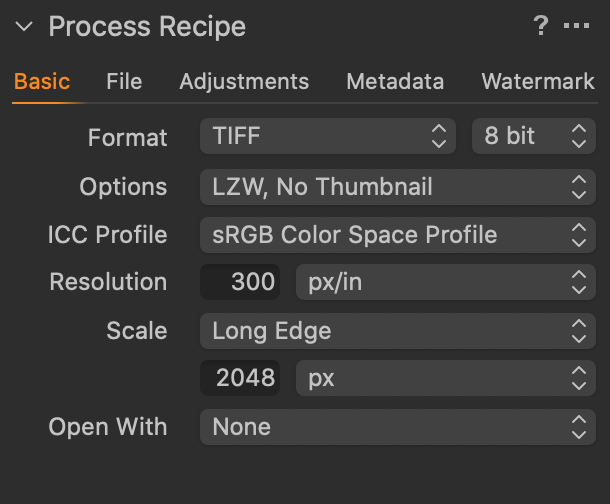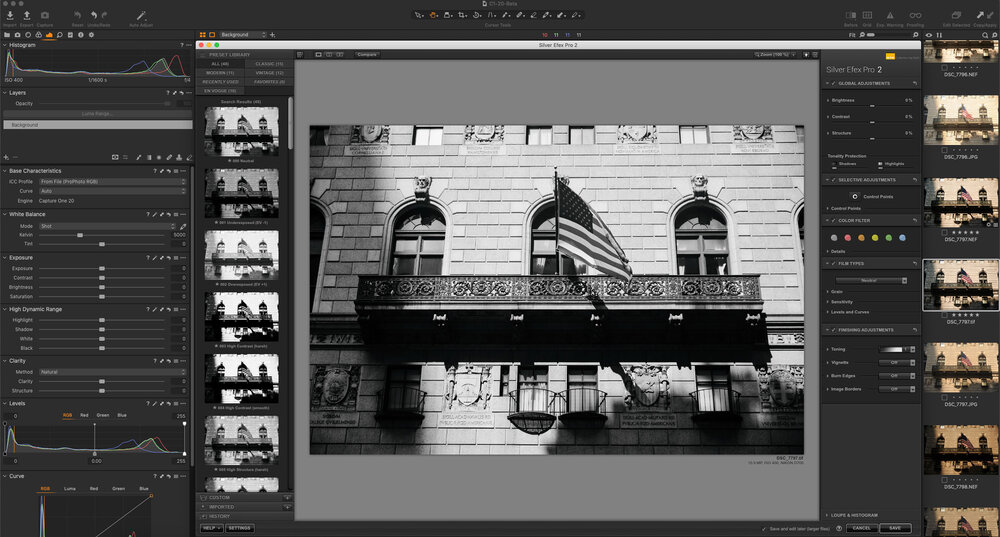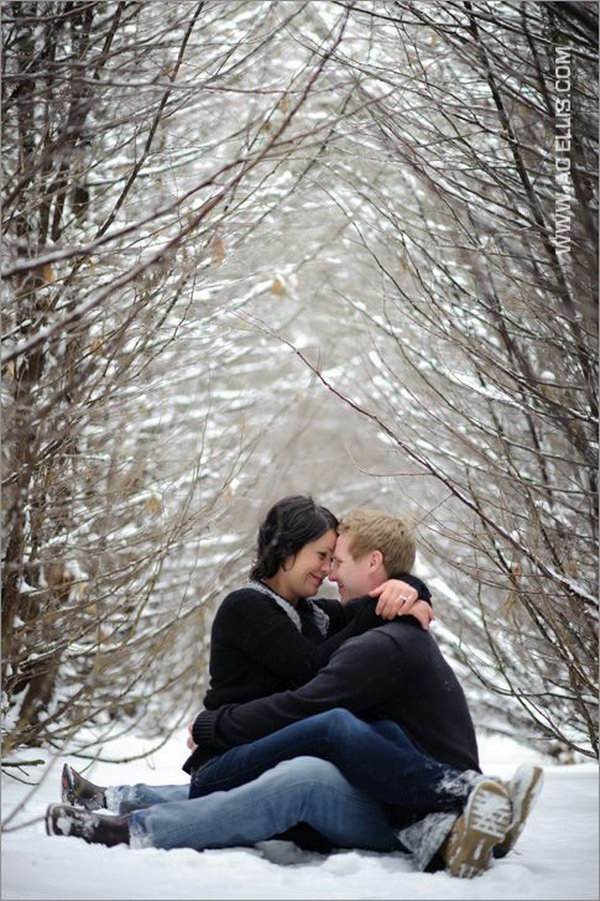Capture One And Affinity Photo
- Affinity Photo Edit
- Affinity Photo Trial
- Capture One And Affinity Photosynthesis
- Capture One And Affinity Photography
- Compare Affinity Photo And Capture One
I use Affinity Photo instead of Photoshop, so I’ll stay with the TIFF with layers stored inside. But it seems, that Capture One doesn’t like some TIFFs including these with layers stored – it becomes really slow in folders with TIFF files, rendering preview takes. There is an applescript in Capture One (the Mac version) to merge images with Photoshop, but in my experience this is really flakey. If you want to use Photoshop rather than Affinity, then you would be better doing it manually, using the techniques I outlined for Affinity Photo.
Last Updated on March 27, 2021 by
- When comparing Affinity Photo vs ACDSee, the Slant community recommends ACDSee for most people. In the question 'What are the best Mac OSX apps for someone that's new to Apple?' ACDSee is ranked 15th while Affinity Photo is ranked 16th. Capture One Pro.
- Adobe Lightroom Classic: Adobe Lightroom has high standards to be one of the best photo editing.
- Our applications work with Adobe Photoshop, Lightroom, Capture One, Affinity Photo, Corel Paintshop Pro, and Apple Photos. Get the most out of your photo editing experience with the ON1 Professional Plugins. ON1 Effects 2021. ON1 Resize 2021.
Yes, Photoshop and Lightroom can be replaced in your digital photography workflow, and without any compromises to the quality of your output. Affinity Photo, and Capture One Pro are alternatives that are full-featured, professional-grade, and in some instances, even easier to use.
Adobe Photoshop and Lightroom seem to be the stalwarts of the digital photography industry. However, there are robust (and sometimes better) alternatives to these two tools. If you’re looking for other options, there’s a long list of Photoshop and Lightroom replacements at the end of the article.
Why did we pick Capture One Pro and Affinity Photo?
Though there are other alternatives to Photoshop (PS) and Lightroom (LR), all the others felt like there was something compromised. They didn’t feel quite right.
Capture One Pro has never felt like a compromise to me, and after some setting up, Affinity Photo seems the same way to me too. They’re both solid tools that have well-thought-out interfaces, full-feature sets, wide capabilities, don’t compromise on image quality, and in some instances even improve on features that Adobe came up with.
So let’s get into it. My workflow starts with processing images that I’ve captured during a shoot in batches, so let’s get into Capture One Pro first.
How Good is Capture One Pro When Compared to Adobe Lightroom Classic?
Capture One comes from ‘pro’ lineage … The high-end photography company Phase One.
My first encounter with Capture One was while using a Hasselblad camera with a Phase One back – photographing Formula Race-Car driver Armaan Ebrahim for a clothing brand back in the early 2000s. The resulting output for print was outstanding.
Today, Capture One Pro 21 (CO21) supports pretty much every top-of-the-line camera, while also having support for entry-level cameras too. In fact, they even offer tethered capture and live-view for a large number of Canon, Nikon and Sony APS-C cameras. Surprising in my opinion, but also welcome, because it means that there is an upgrade path for an amateur who wants to turn pro eventually.
What is the Single Most Outstanding feature of Capture One When Compared to Lightroom?
I’d have to say that the one feature that I loved, was ‘Layers’. The implementation of layers in an image processing software felt like nodes in DaVinci Resolve does… It gives you the flexibility to work with localised grading & healing, and it works like a dream. In fact, the lack of layers in Adobe Lightroom leaves me scratching my head. After all, Adobe came up with them in Photoshop.
What is the Capture One User-Experience Like, When Compared to Lightroom?
Capture One 21 (CO21) is a professional’s app. At the same time it is extremely customisable. Panel locations can be changed, popped-out, hidden or rearranged.
This means that even if the interface seems unfamiliar initially, it can easily be made to look similar to Lightroom by using the Migration workspace (Window > Workspace > Migration). There are other preset workspaces including ‘Simplified’ and ‘Wedding’. You can probably customise it to look, and work very similarly to any RAW editor that you are accustomed to.
Having said that, it would be unfair if I said that I could just jump into Capture One and immediately use it as if I have been for years. Capture One has a few differences in the concepts it uses, and we will deal with those in detail in upcoming articles.
Overall, the interface is as complex or simple as you want it to be. If you want to , you can download CaptureOne Pro 21 and try it out for 30 days here. After you have it installed, visit the very useful Capture One YouTube Page where you can follow some CaptureOne tutorials to get started.
Capture One Pricing and Alternate Versions
You can buy a perpetual license of Capture One for US$320, or Subscribe monthly for the full version at US$20.33 or US$14.98 for specific brands. There is also a free scaled down version called Capture One Express for Fujifilm and Sony cameras.
How Good is Affinity Photo When Compared to Adobe Photoshop?
Many photo editors try to emulate or copy Photoshop, and that’s for a good reason. Photoshop is the most used image editing software the world over and has been for decades.

So when a company tries to copy photoshop, the result eventually leaves something to be desired. This is especially true for someone who is transitioning from the original.
Instead, Affinity Photo (AP) gives you all the functionality of Photoshop but goes further by innovating in places where Adobe seem to have become complacent, or where they have decided not to rock the boat. This is a refreshing change.
Affinity have gone all-out and created a suite of apps that are compatible with Adobe images and graphic file formats, but that also go beyond (in my opinion) the vision of Photoshop, Illustrator and InDesign.
The interface is familiar, but at the same time has features that you will have to explore. The good news is that all the familiar keyboard shortcuts are the same. The layers window pops up with Ctrl+L, but it is an adjustment layer by default. You’ll have to click the ‘merge’ button to apply the adjustments permanently to the pixels. These small, but thoughtful additions to the workflow become more apparent as you use the software. It left me smiling.
In the end, it takes a little bit of re-learning, but Affinity Photo quite capable in its own right. To get started, download Affinity photo’s 90 day trial, and maybe also get a book to help you along the way.
Affinity Photo Edit
What Features Stood Out to me When Using Affinity Photo?
Since I’ve not really used Affinity Photo as much as Capture One Pro, I can’t really tell which features are the most impactful compared to Photoshop.
However, from the experimentation that I have done, I can already see that the Live Updating Layer Groups, live filters, and some of the previewing features really made me feel that they’re taking the baton from Adobe, and progressing image editing and retouching to the next level. Their RAW image support is quite extensive, including support for quite a few Cameras and Lenses, and image processing quality is quite good. You can expect this section of the article to be updated in the months to come. Here is a full list of Affinity Photo’s features.
Affinity Photo Pricing & Compatibility
Affinity Photo is extremely affordable and DOES NOT have a subscription plan. Affinity Photo for Mac OS and Windows is typically priced at US$ 49.99. The iPad version is US$19.99 , but is currently on a 50% discount. There is also a 90 day trial period for you to really try out the software.
Do Capture One and Affinity Photo Work Well Together?
Adobe’s ecosystem of apps and file formats that just work together seamlessly is one of the attractions of the suite. Round-tripping between LR and PS is something that photographers and editors do as part of their daily workflow.
So, do Capture One and Affinity work well together? The answer is a resounding YES. They do. Admittedly there may be a single extra step in Capture One where you check and confirm the settings in the ‘edit with…’ menu, but you’re also presented with so many more options, including Photoshop (if installed), for apps to edit your photo with. When saved, the image is viewable and editable in CO21 as usual.
Why Would Anyone Want to Switch Away?
This is a good question. Photoshop and Lightroom are both industry standards, and have led the way since the early 90s. I have spent many hours faced with their familiar interfaces, and I feel at home when using Adobe tools.

So why am I thinking of switching tools? Is Adobe expensive? Are PS and LR less stable now? Do the features lag behind other tools? These are very real considerations that many photographers and digital artists are thinking about, and considering moving away from Adobe because of the Subscription format. While that is something to consider, I don’t think it should be a defining factor.
Personally, I’m exploring these tools simply because I think that it is important to know what they can offer to us as creative professionals. I think that CO21 and AP have workflows, and feature sets that are innovative, and that will bring new life into the way I work.
Should I Switch Immediately?
No… Of course not. Most professional tools have a learning curve, and these tools are no different. Although the principles are mostly the same as the software that you will be switching from, some of the details of how to execute them are different. I suggest that you use the trial period on offer to test out these tools extensively, and understand how they fit in your image creation workflow.
Finally, make the switch slowly, venturing into more complex, but live projects so that you really get project experience with them. The answer? For many people, Photoshop and Lightroom can actually be replaced by Affinity Photo and Capture One Pro.
What other software can I use instead of Adobe Photoshop and Lightroom?
Here are some alternatives to using Adobe Photoshop (in no particular order):
Here are some alternatives to using Adobe Lightroom (also in no particular order):
Next on this Blog:
In the coming weeks, we will be doing more deep dives into Capture One Pro, and Affinity Photo, with image quality comparisons, some real-world processing workflows including tethered shooting in the studio and more. Follow us on Facebook and Twitter for updates.
Share Your Creations With Us
Finally, if you do decide to make the switch to either of these tools, please leave a link to your creations in the comments or tag us on Twitter.
NOTE: Some of the links in this article are affilitate links. Clicking on them to download or purchase a product does not increase the price you pay, but gives us a small incentive to keep creating.
Help Us To Continue Creating
The easiest way to support Beyond Photo Tips is by using our affiliate links when you buy anything at all. It will never cost you anything extra, and we get a small commission from it, which helps us a LOT! Links below.
Some of the links to products on this website are also affiliate links, and we only ever link out to gear that we recommend.
Links: Adorama | Amazon.com
Buy us a coffee.
Related
Capture One and Affinity Photo are powerful milky way photo editing tools. Combining them adds a whole new dimension to milky way photography. Check out this edit walk through of a milky way photo on Padre Island National Seashore.
Editing Milky Way Photos with Capture One and Affinity Photo
Capture One is my go-to raw editor. I love it’s configurable interface. And, most of all, I love how good my images look with minimal work. When shooting at high ISOs, noise can be an issue even on the best camera. After the initial raw processing in Capture one, I export the images to Affinity Photo for more advanced processing.
Image Stacking Noise Reduction

Affinity Photo Trial
This milky way photo is a part of a sequence of images. Therefore, I am able to use image averaging to remove noise in the static areas.
Noise should be randomly distributed. That means any set of frames will exhibit random shifts in the color or luminescence of each pixel. The better the sensor, the smaller the variation between frames, and the closer to the “real” value the pixels will be. However, noise *should* be normally distributed around the “real” value.
When you capture a set of frames of the same scene, you have essentially increased the size of the data set. We can apply some very basic statistics and determine the most likely “real” value for each pixel. You could even calculate your confidence interval if you wanted. That is a complex way of saying that when you have 5, 10 or 20 frames of the same subject, as we do with a time lapse like this, we can average them together and remove noise.
By averaging the frames, the noise will cancel out statistically. And, unlike most noise reduction techniques, image averaging actually approaches the real value instead of selectively blurring differences. Real variation, such as fine details, remain and even become more distinct while random variations diminish. The more images you average the closer the results are to the “real” values presented to the camera.
I used image stacking noise reduction on the beach and water. They were the only elements of the image that remained the same from frame to frame.
Frequency Separation Noise Reduction
Photographers normally use frequency separation for portrait retouching. The photographer splits the image into two layers. The high frequency layer contains all the “rapid” changes in pixel values. The low frequency layer contains all the “slow” changes in the pixels.
By separating these two types of information, a photographer works independently on different aspects of an images. For portraits, the high frequency layer usually contains all the information about pores, clothe texture and other fine details. The low frequency layer contains broader information like tone and color for entire regions of the image.
For this image, we use frequency separation in a totally different way. By separating the high and low frequency information of the image we can selectively mask out the high frequency information. This is a powerful technique for selectively blurring portions of the image.
The photographer can leave the image unchanged by not masking out the high frequency layer. However, to smooth noise, the photographer need only mask out the high frequency layer using a black or grey brush. This omits the high frequency changes. Rapid shifts in color and tone do not occur in those areas.
That allowed me to remove the blotchiness in the clouds that increasing the contrast caused.
Simple Noise Reduction
I don’t normally use general noise reduction filters because they tend to blur out details and make an image look plastic. In the case of the background sky, the general noise reduction filter in Affinity does a pretty good job.
I selectively applied noise reduction to just the clear part of the sky by taking advantage of Affinity’s filter masking system. Each filter you apply is also a masking layer. Select a filter and paint in black, grey or white. The closer to white the filter is, the stronger the filter is applied. Black pixels disable the filter on those pixels.
I applied the noise reduction strongly to the sky. Because the stars are such distinct feature on a dark background it does a good job of only removing actual noise and not detail.
Capture One And Affinity Photosynthesis


Capture One And Affinity Photography
Capturing Milky Way Photos – The Importance of Foreground
Compare Affinity Photo And Capture One
The milky way is invariant from a humans point of view. Other than it’s relative position in the sky, it doesn’t really change. That poses some interesting problems for photographers. Foreground becomes the defining characteristic in the image. On Padre Island’s beech, the sand and water are flat and uniform. The milky way is to the south, over the ocean.
The addition of blowing clouds makes this image. They add a middle ground element and a sense of motion. So, don’t think clouds will prevent astrophotography. As long as the sky can peak through some of the clouds, they can add a key element to your photo.
For those that are wondering, this image was taken using a venerable Nikon D3s with the Nikon 14-24mm f/2.8G ED lens. The settings were ISO3200, f/2.8, 30 seconds.
Andrew is a photography instructor teaching students of all skill levels in Austin, TX through Precision Camera and independently in San Diego, CA. He runs workshops around the United States.
He is a self taught experiential learner who is addicted to the possibilities that new (to him) gear open up. He loves to share the things he has worked out. Andrew started with a passion for landscape and night photography and quickly branched out to work in just about every form of photography. He is an ex-software developer with extensive experience in the IT realm.
Andrew is a full time wedding and commercial photographer in both Austin and San Diego. Andrew is a club founder and multi-time past president of North Austin Pfotographic Society.
